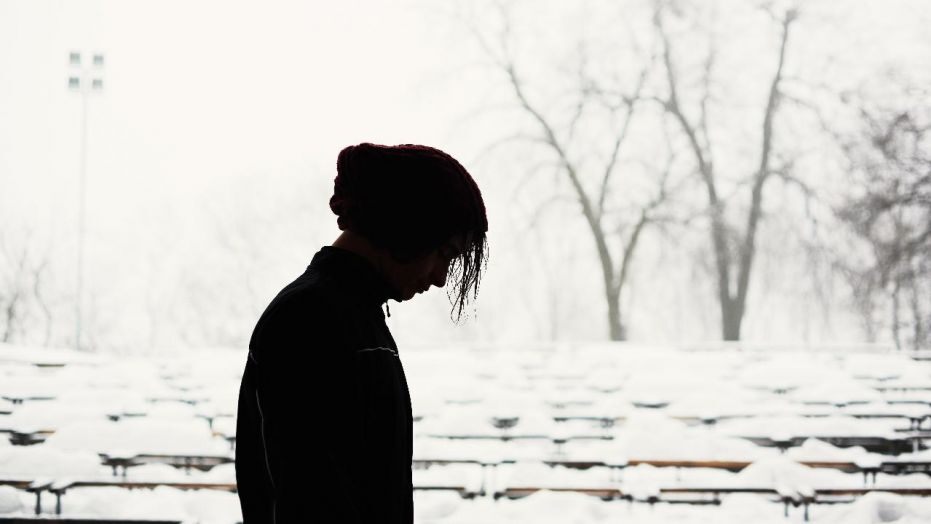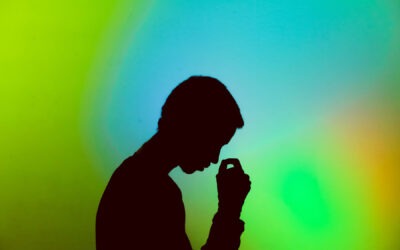The temperature drops, the sunlight is scarce, and our mood, in turn follows suite. Perhaps for you, the winter is not a time to bust out your snowboard and ice skates and enjoy the falling snow. Maybe December does not make you feel jolly but instead causes you to experience some serious winter blues. Seasonal Affective Disorder (SAD) is a real disorder that is estimated to affect 10 million Americans a year according to NAMI (National Alliance on Mental Illness). Let’s find out more information about SAD and ways to feel gain control of our mood despite the darkness and winter chill.
Gasp. Do I have SAD?
Perhaps you have self-diagnosed yourself with SAD or even just notice that your mood changes throughout the year. The diagnosis of SAD was first acknowledged in the 1980’s and it is not considered a different disorder from depression but instead is characterized as a type of major depression which reoccurs in a pattern based on the seasons. It is possible to experience SAD during the spring and summer but this is less common. SAD is four times as common in women than in men. SAD is also diagnosed more frequently in young people and in those who live farther north or south of the equator. So hello, living here in the Windy City means we may be more susceptible to seasonal fluctuations in mood versus than our friends living in sunny Florida. In order to meet criteria for the diagnosis of SAD, a person has to meet full criteria for major depression during specific seasons for at least two years. So if the holidays have you feeling low for a day this year, it does not mean you have SAD. Criteria for major depression according to the Diagnostic and Statistical Manual of Mental Disorders (DSM–5) includes symptoms such as having low energy, social withdrawal, overeating and weight gain, and increased sleep as well as others. Self-diagnosis (thanks WebMD) is prevalent and part of our culture and there is a lot to be said for awareness and insight, but if you are concerned that you are experiencing symptoms of depression or SAD, best to allow a licensed mental health professional or physician to diagnose and treat you.
But why so SAD?
According to the National Institute of Mental Health (NIMH), we don’t know the exact cause of SAD. However, research findings point to seasonal affective disorder being tied to brain chemistry and hormones. Some research has posited that people who experience seasonal affective disorder have trouble regulating serotonin. Serotonin is the brain chemical that is integral in mood regulation. Other research points to folks with SAD perhaps having an overproduction of melatonin which triggers sleep and makes people feel lethargic. And finally, there is also research that links SAD to a lower production of Vitamin D. Vitamin D has been linked to serotonin activity and therefore, mood symptoms. So, just as psychology is always trying to answer the question of nature versus nurture, there is some science backing up the brain science or nature aspect to this disorder.
It is helpful to know brain chemistry can certainly impact us but it is also possible that our mood lowers due to the limitations of winter. We can certainly succumb to feeling like we need to hibernate and hunker down inside. Don’t get me wrong, there is a lot of great content on Netflix this time of year. We can be less active and find reasons why going outside is not preferable when the weather is as the song says, “frightful.” When we are less physically active, we can often struggle with sleep regulation and mood. And hibernating can also limit our social contact.
How to beat the blues
In a hilarious episode of Broad City, the character Ilana soaks up the light from her light box (“Happy Lamp”) to help combat her seasonal depression. The need for the light grows and grows and she eventually creates a tinfoiled room to allow her more light exposure and in turn, more functionality at work and an improved mood. This is an extreme, yet comical, example of a treatment for SAD. Light therapy is used in treatment of SAD to replace the lack of sunshine during this time of year by providing exposure to a bright light. Typically, light boxes have a filter to keep out UV rays and include florescent light that is, according to NIMH, 20 times greater than regular lighting and requires exposure of up to an hour on a daily basis throughout fall and winter months. Also good to check in with your physician to see if taking a Vitamin D supplement or an antidepressant could also be helpful.
Ideally, anyone experiencing depression seasonally or regardless of the time of year, can benefit from psychotherapy. Exploring thoughts and feelings is always helpful. Perhaps there is some negative self-talk that gets especially loud during the winter and a trained mental health provider can help provide tools to address those intrusive and unhelpful thoughts. Behavioral activation is also an important aspect of treatment. Because winter can fatigue us (see desire to hibernate above), it is helpful to build in ways to stay active. This does not have to necessarily mean becoming an expert in a winter sport but can involve renewing a gym membership, exploring online exercise programs that teach you yoga moves at home, getting bundled up and going for short walks, or even finding a place like a mall that allows for indoor walking. Scheduling time to meet with friends to cook with or starting a book club can be good ways to make socialization part of your winter routine. Even scheduling a weekly phone call with friends or family can push back against feelings of isolation. Being intentional and scheduling allows for more accountability versus waiting to feel like you want to socialize. Finally, if time and means are available to you, it may be time to take that vacation and find some warmer and sunnier locales to enjoy. I mean, there is a reason the geese do it, right?!
Bundle up in hopefulness
The seasons are changing and your mental health can, too. You have to put on a warmer coat and add gloves and a hat when you leave the house now. In the same way, your mental health may need more care and extra layers of help, too. Know that you are not alone and there are ways to feel better. Living underground may sound easier right now but know with some work and effort, it is possible to make the winter feel a lot cozier.




